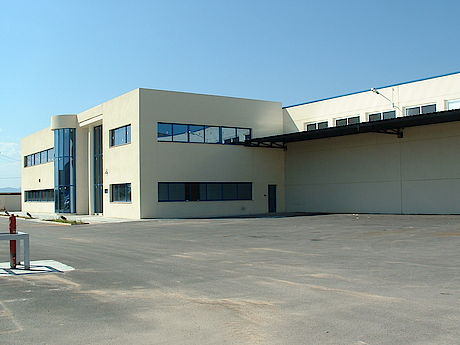
The main occupational risks in jobs involving electricity are caused for direct contact and indirect contact. These are some of the prevention measures and safety recommendations for these kinds of jobs.
21 june 2016
Workers exposed to electrical risks must know the dangers to which they are exposed and the prevention measures to avoid accidents. To that end, it is necessary to meet the safety measures established by the regulations and apply the adequate recommendations for each situation.
Types of accidents
-
Direct contact. The accidents for direct contact are those that take place when there is direct contact with active parts of electrical installations. A pealed wire emits electricity that can cause accidents if the adequate prevention measures are not met for each case.
-
Indirect contact. In this case, the accidents take place when there is contact with objects that do not emit electric current autonomously, but can transmit electricity when touching certain active parts. Usually, such shocks are produced by insulation failures in the objects.
Prevention
- Direct contact
- Insulation. Active parts must be correctly insulated.
- Protection. Such installations must be in a perimeter delimited by fences or walls that do not allow the voluntary or involuntary access to unauthorised people. Furthermore, the dangers that an approach to the restricted area supposes must be indicated at all times.
- Indirect contact
- Protection equipment. Workers maintaining a direct contact with the non-active parts of the electrical installations that cant accidentally transmit current must be equipped with the protection clothes established by the regulations.
- Insulation. Such non-active parts that may be susceptible to casual episodes of electrical currents must have the adequate insulation by means of coating, formwork or remoteness.
- B class systems. These start working automatically as a prevention measure when it detects some error or danger in the installation. The system disconnects the power supply and re-directs the electrical current to earth connections where the current circuit closes.
Recommendations
- Having a calendar of periodical revisions to ensure that the installations are in perfect conditions and that their working is not jeopardized by a wrong maintenance of the quality. The safety and risks prevention measures must be adapted and updated at all times, a work that will also be undertaken by risks prevention specialists .
- Power source cutting off. If workers are to manipulate an electrical installation, the power source must be cut off so that there is not risk of an electric shock.
- In some cases the electrical current is cut off automatically when the system detects that there has been some irregularity in the operation of the installation. Thanks to these methods, those accidents where uncontrollable factors intervene can be avoided.


















